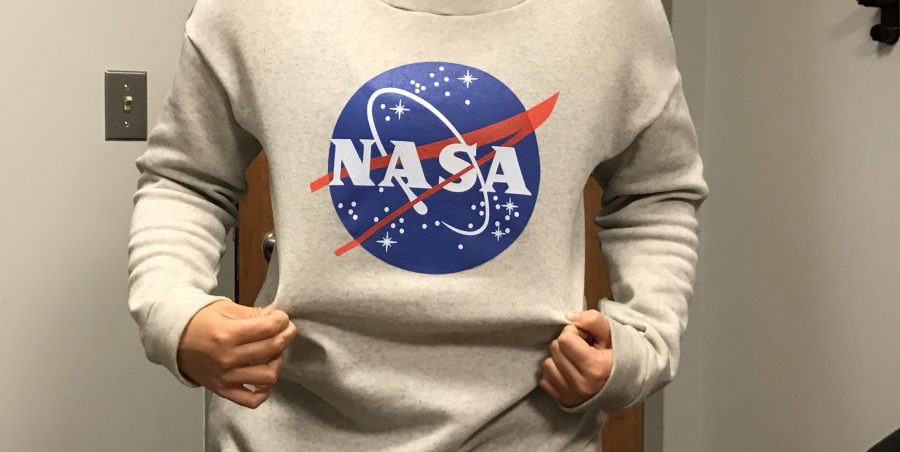NASA’s Big Announcement
On Feb. 22, NASA made a monumental announcement: the discovery of seven new planets.
Seven new planets have recently been found. These planets rotate around a dwarf star called Trappist-1. The planets are roughly the same size as Earth with rocky surfaces, and three of the planets are in the habitable zone. This means that they could be the perfect temperature to sustain liquid water–and possibly life.
Researchers who work for NASA found this new set of planets using telescopes, such as NASA’s Spitzer Space and other ground telescopes. Among these is Magna, the same company that helped assemble and make parts for the James Webb telescope, which is meant to look at the actual atmospheres of other planets. The James Webb telescope is set to launch in 2018, and will hopefully shed more light on this discovery.
The seven planets do not currently have names yet, but they are temporarily called Trappist-1 b, c, d, e, f, g and h. Trappist-1 e, f and g are the three that could possibly be habitable, but the best candidate of the three to sustain life is Trappist-1 f.
“I heard that the planets were all going to be named with the Trappist theme in mind,” senior Eston Iman said. “I am excited to see how much more information they find out about these exoplanets and what they name them.”
One of the downsides to this new discovery is that these planets are about 39 light years away, meaning that Trappist-1 is about 229 trillion miles away from Earth. Current space crafts go about 38,200 miles per hour, so it would take an estimate of 658,000 years to get there. If scientists create a space craft that can travel about 186,000 miles per second, then humans could visit Trappist-b in about 39 years. But the problem to that solution is that the technology would be much too advanced, and could even be impossible or dangerous to build.
“Regardless of how far Trappist-1 is, it is still one of the most interesting discoveries made so far,” senior Daren Roman said. “There are so many possibilities that are attached to this discovery that make it so interesting. Just think: we could find other life forms and make contact, or even inhabit another planet.”
This is one of the largest planet discoveries, and to some, the most exciting intergalactic discovery yet. This find is also setting the record for the most planets found in the habitable zone at once.


